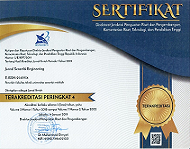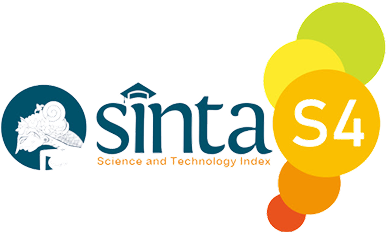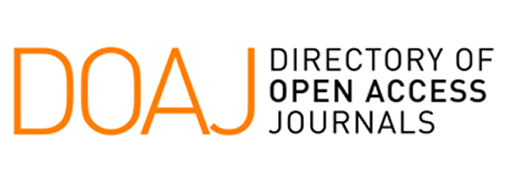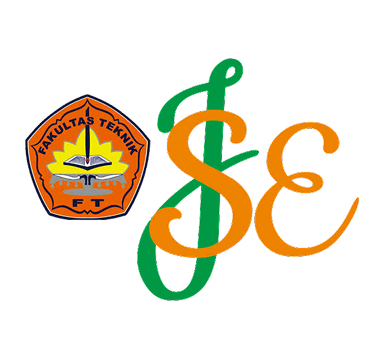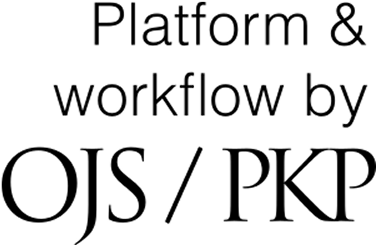Studi Timbulan, Komposisi, dan PengelolaanLimbah Padat Non B3 di Industri Pakan Ternak
Keywords:
characteristics, composition, management, non hazardous solid wasteAbstract
One industrial sector that has experienced significant development in Indonesia is the animal feed industry. This industry produces various types of waste, including leftover raw materials, products that do not meet specifications, and used packaging. Management of non-B3 waste (Hazardous and Toxic Materials) is very important to avoid negative impacts on the environment. To design a waste management system in an area, initial data is needed which includes the amount of waste produced, the composition of the waste, and the characteristics of the waste in the area where the management system will be planned. This research analyzes the condition of non -B3 solid waste management in the animal feed industry, with a focus on waste generation and composition. Sampling was carried out for 8 days in accordance with SNI 19-3964-1995. The research results showed that domestic waste reached 14,093 kg/day and industrial waste reached 1641.53 kg/day. In the office area, waste is dominated by food scraps (29.11%) and tissue paper (16.45%), while in the yard area, cigarette butts (30.38%) and food scraps (19.38%) are dominant. Most industrial waste comes from corn tubies (62.46%) and carbonate sacks (22.43%). These findings are important for designing effective solid waste management systems in the animal feed industry, maintaining environmental sustainability, and meeting regulatory standards

